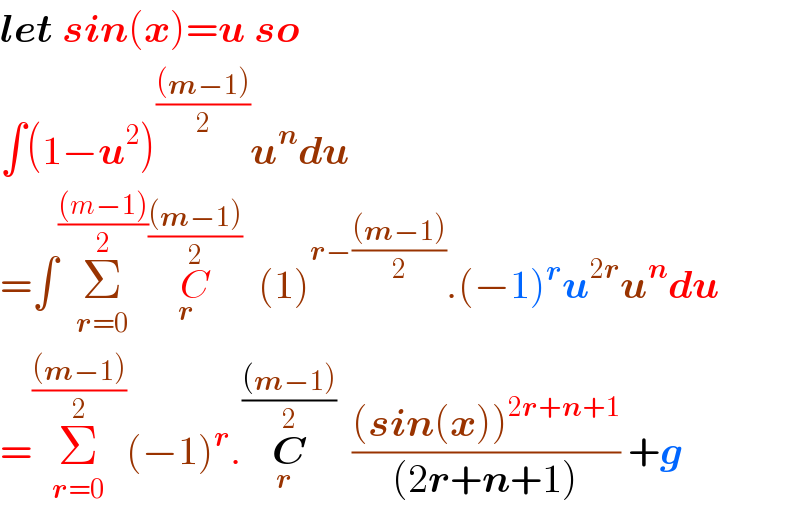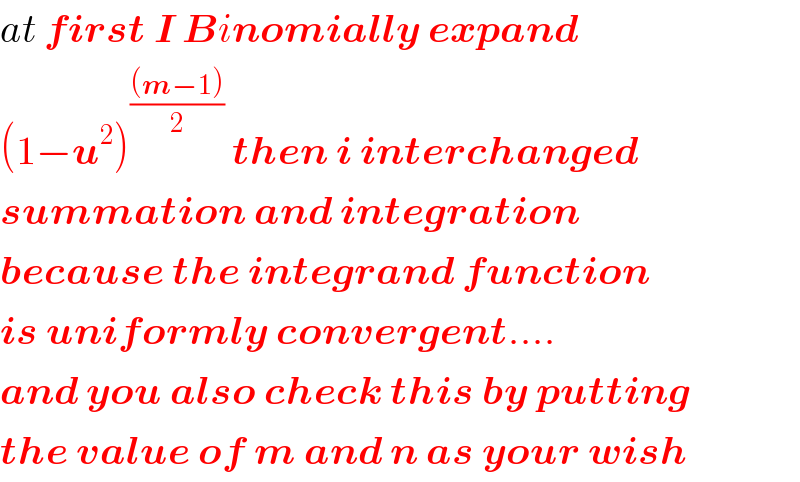
Question and Answers Forum
Question Number 97721 by Power last updated on 09/Jun/20

Commented by mr W last updated on 09/Jun/20

Commented by smridha last updated on 09/Jun/20

Commented by mr W last updated on 09/Jun/20

Answered by smridha last updated on 09/Jun/20

Commented by Power last updated on 09/Jun/20

Commented by smridha last updated on 09/Jun/20

Commented by Power last updated on 09/Jun/20

Commented by smridha last updated on 09/Jun/20

Commented by Power last updated on 09/Jun/20

